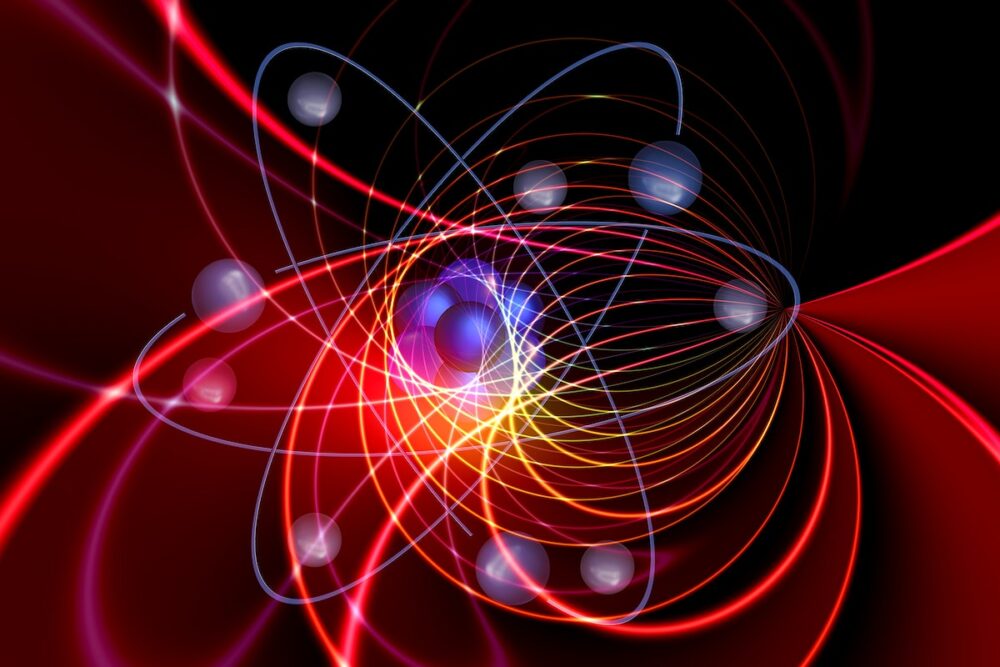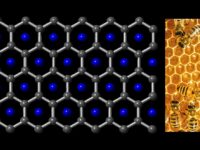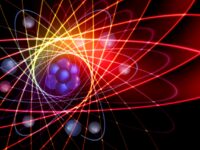Quantum mechanics is weird. For nigh on a century, the mysteries of quanta and quantum interactions have eluded the brightest minds of several generations. One of the progenitors of the field, Richard Feynman, once famously quipped, “I think I can safely say that nobody understands quantum mechanics.”
For nigh on a century, the mysteries of quanta and quantum interactions have eluded the brightest minds of several generations
First, a quick primer: quantum mechanics is the science concerning the existence of and interactions between quanta, the elementary units of a field. A field is an abstract model used to categorize fundamental phenomena (e.g. electromagnetism), whose perturbations both comprise and mediate the aforementioned quanta.
Quantum physics’ oddity stems from the fact that quanta play by very different rules than we are used to. Whereas macroscopic interactions are well-understood, intuitive, and, given enough information, deterministic, quantum interactions are none of these. Despite Albert Einstein’s declaration that “God does not play dice with the universe,” quantum phenomena are probabilistic in nature, not deterministic.
The most well-known of these probabilistic phenomena is superposition. Superposition is the notion that an unobserved system exists in multiple states until directly observed, at which point the resulting waveform collapses into certainty. The waveform, in this case, is a mathematical description of these probabilities. British polymath Thomas Young proved this as early as 1801 with his revolutionary double-slit experiment, which not only experimentally shows superposition and its consequences, but supports the quantum mechanical notion that all quanta exhibit wave-like properties. Furthermore, it is from this principle that several apparent impossibilities arise.
Quantum physics’ oddity stems from the fact that quanta play by very different rules than we are used to.
In their 2008 textbook, “Quantum Paradoxes: Quantum Theory for the Perplexed,” the authors describe the many paradoxes that have plagued quantum mechanics from its conception. They categorize scientific paradoxes into three groups, “errors,” “gaps,” and “contradictions,” evaluating each through the lens of quantum physics.
The simplest paradox, the error, is admittedly a misnomer, for the error is not a paradox at all but a lapse in deductive reasoning. Most often, errors arise from a misunderstanding or misrepresentation of a problem. If you have ever made a mistake in math class and gotten an impossible answer, you have discovered an error.
The second category, gaps, arises not from inaccuracies in deduction, but from inaccuracies in our models. To use the authors’ example, Wheeler’s paradox of black hole entropy illuminated the incompleteness of thermodynamics, necessitating revisions to the theory. Thermodynamics, the study of heat transfer, could not explain black holes, which appeared to spontaneously reverse entropy (condensing heat rather than dispersing it) until Jacob Beckenstein and, later, Stephen Hawking reformulated the model to rectify this knowledge gap.
The last category, contradictions, arise from a fundamental incompatibility between reality and a given model and are generally indicative of scientific revolution. To once more borrow from “Quantum Paradoxes,” Neils Bohr noted the fundamental incompatibility of the electron’s nuclear orbit, experimentally proven in 1911 by Ernest Rutherford, with the classical model of physics, necessitating the exploration of what is today known as quantum mechanics.
This notion, suffice it to say, does not so much violate any established law of quantum mechanics as it does flaunt the principles of mathematical induction and set theory.
This finally leads to the quantum pigeonhole paradox. The pigeonhole principle states that if you try to fit N pigeons into fewer than N holes, at least one hole must have at least two pigeons. Proposed in Aharonov et al. (2016) and corroborated by Chen et al. (2019), theoretical and experimental demonstrations have concluded that quanta may violate the pigeonhole principle under weak measurement (think identifying someone by footsteps rather than sight). To demonstrate this the 2019 study used electrons. More specifically, they sent three electrons through two polarization channels, one perpendicular to the other, and weakly measured their polarization. The scientists noticed that, after passing through the channels, none of the three electrons had the same polarization. This implies that none of the three electrons passed through the same of the two channels. This phenomenon fails under strong observation.
This notion, suffice it to say, does not so much violate any established law of quantum mechanics as it does flaunt the principles of mathematical induction and set theory. Thus, it would be fair to say this conclusion poses a major challenge toward our current models of, well, everything. Though, as is the nature of science, whether these observations prove to be truly revolutionary has yet to be seen, but as it stands, the quantum pigeonhole paradox is but another facet of physics that cannot yet be explained.
American Physical Society (2020). DOI: 10.1103/PhysRevResearch.2.023004
European Journal of Physics (2000). DOI: 10.1088/0143-0807/21/3/308
Philosophical Transactions of the Royal Society of London (1803). DOI: 10.1098/rstl.1804.0001
Proceedings of the National Academy of Science (2019). DOI: 10.1073/pnas.1815462116
Proceedings of the National Academy of Science (2016). DOI: 10.1073/pnas.1522411112
Quantum Paradoxes: Quantum Theory for the Perplexed (2008). ISBN: 3-527-40391-4





